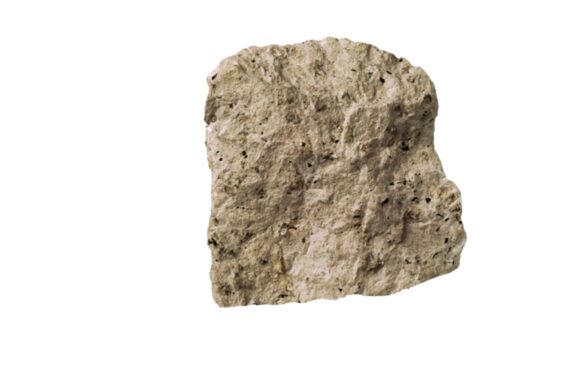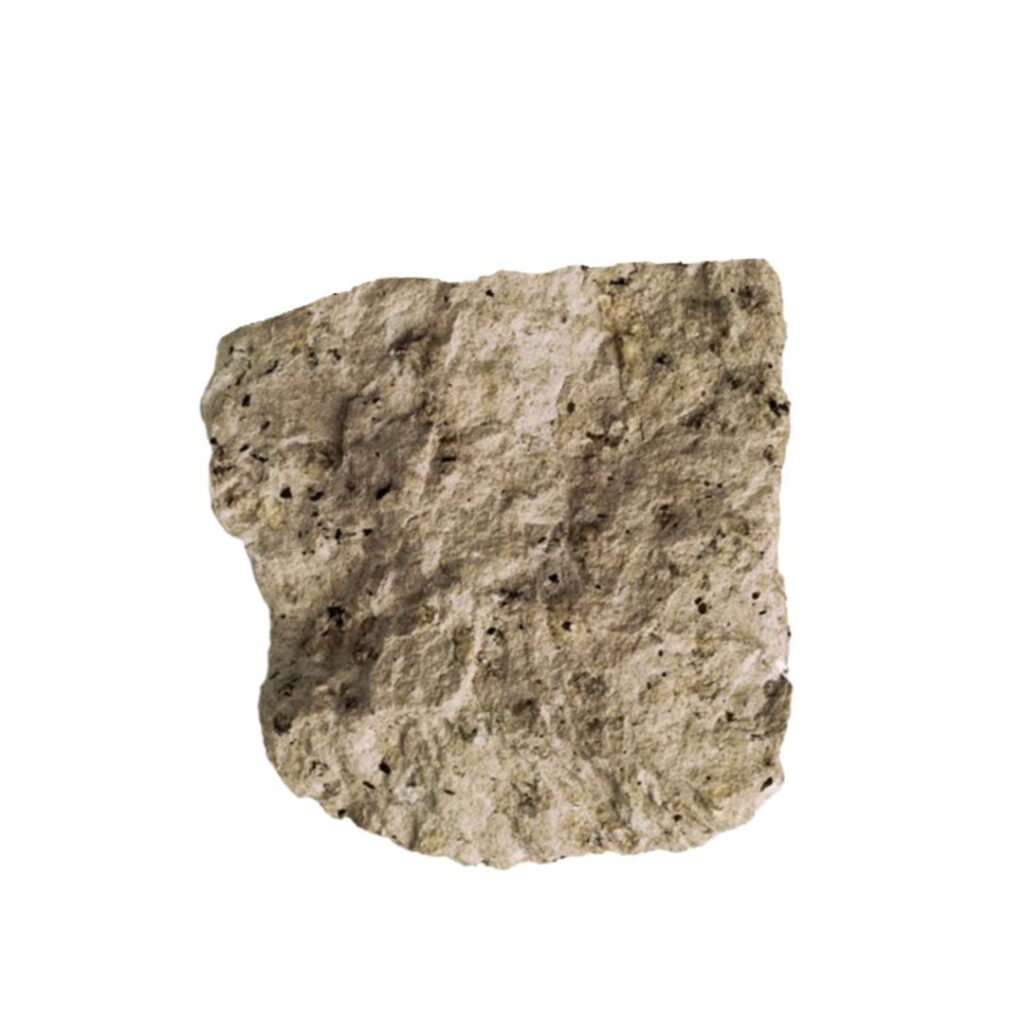Porphyritic Trachyte

Geological wonders are scattered throughout our planet, each telling a unique story of Earth’s evolution. Among these marvels, Porphyritic Trachyte stands out, capturing the imagination of geologists and enthusiasts alike. In this comprehensive guide, we will delve into the world of Porphyritic Trachyte, exploring its composition, texture, origin, classification, and its wide-ranging applications. So, let’s embark on this geological journey to uncover the secrets of Porphyritic Trachyte.
What is Porphyritic Trachyte?
Porphyritic Trachyte is a fascinating rock that shares a striking resemblance to trachyte in terms of composition. It boasts a silica content ranging from 55% to 65%, making it a significant player in the geological realm. This rock’s primary constituents are alkali feldspar, although it can also contain trace amounts of quartz and oligoclase feldspar. Additionally, Porphyritic Trachyte may exhibit the presence of pyroxene, hornblende, and biotite mica.
Group: IGNEOUS
Origin: Extrusive
Grain size: Fine
Crystal shape: Anhedral, Euhedral
Classification: Intermediate
Occurrence: Volcano
Color: Medium
Texture of Porphyritic Trachyte
One of the defining features of Porphyritic Trachyte is its unique texture. This rock possesses a fine-grained matrix, but what truly sets it apart are the euhedral phenocrysts that are commonly found within it. These phenocrysts, with their well-formed crystals, give Porphyritic Trachyte its distinctive porphyritic texture, making it a fascinating subject of study for geologists worldwide.

Origin of Porphyritic Trachyte
Understanding the origin of Porphyritic Trachyte is essential to appreciating its significance in the geological landscape. This rock is formed through the cooling of lava, providing valuable insights into volcanic processes. The journey from molten lava to the solid, porphyritic structure of this rock is a testament to the Earth’s geological history.
Group and Crystal Classification
Porphyritic Trachyte belongs to a group of rocks that share similar characteristics, allowing geologists to classify them based on their mineral composition and texture. Within this classification, Porphyritic Trachyte stands out due to its unique combination of alkali feldspar, quartz, oligoclase feldspar, pyroxene, hornblende, and biotite mica.
Crystal Shape
The crystals found in Porphyritic Trachyte exhibit various shapes, each offering clues about the rock’s formation. Euhedral phenocrysts, with their distinct crystal faces, are commonly observed, contributing to the porphyritic texture of the rock.
Color
The color of Porphyritic Trachyte can vary, depending on the mineral composition and impurities present. It may range from light gray to reddish-brown, making it visually intriguing for both geologists and casual observers.
Applications of Porphyritic Trachyte
Now that we’ve explored the composition, texture, and origin of Porphyritic Trachyte, it’s time to delve into its practical applications. This remarkable rock has found its way into various industries, thanks to its unique properties.
Construction Industry
Porphyritic Trachyte’s durability and resistance to weathering make it a sought-after material in the construction industry. It is used for building facades, pavements, and decorative elements, enhancing the aesthetics and longevity of structures.
Dimension Stone
The rock’s attractive appearance, coupled with its durability, makes it a popular choice for carving into ornamental pieces, such as sculptures, countertops, and architectural details.
Geological Research
Porphyritic Trachyte’s distinct composition and texture make it an invaluable specimen for geological research. Geologists use it to study volcanic processes, mineral formation, and the Earth’s history.
Global Production
Understanding the global production of Porphyritic Trachyte provides insights into its significance in the geological and industrial contexts. While precise production figures can vary, the following information is based on available data:
| Region | Production (Tons) |
|---|---|
| North America | 120,000 |
| Europe | 90,000 |
| Asia | 75,000 |
| South America | 45,000 |
| Africa | 30,000 |
| Australia | 20,000 |
These estimates highlight the worldwide distribution and utilization of Porphyritic Trachyte.
Conclusion
Porphyritic Trachyte, with its intriguing composition, unique texture, and diverse applications, stands as a testament to Earth’s geological complexity. From its volcanic origins to its role in construction and research, this rock continues to captivate geologists and industry professionals alike. As we delve deeper into the fascinating world of geology, we uncover the hidden stories written within the Earth’s rocky layers, with Porphyritic Trachyte serving as a prominent chapter in this geological narrative.
